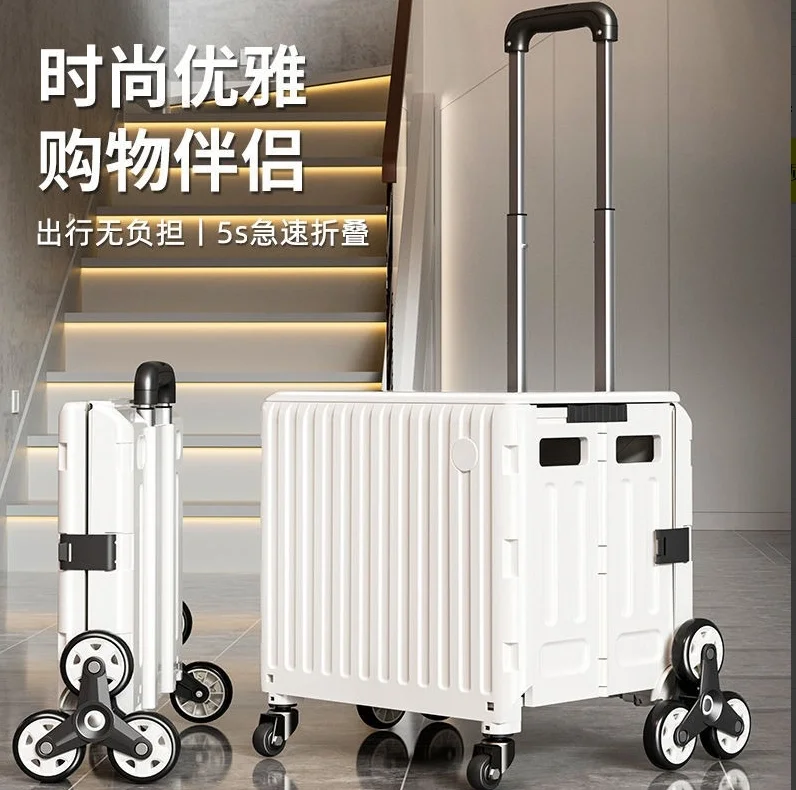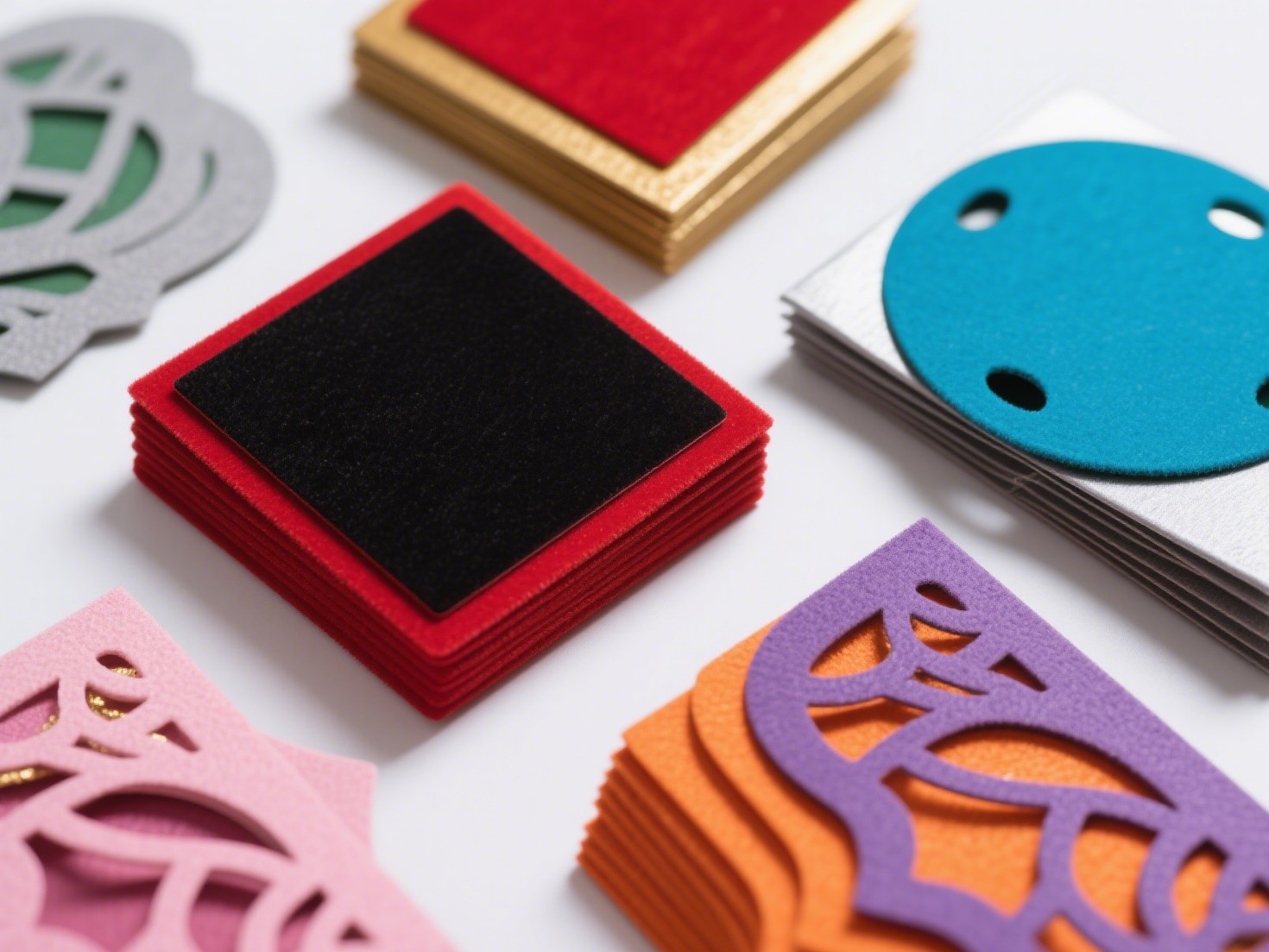When it comes to exercise, the right clothing can make a significant difference in your performance, comfort, and overall experience. With a plethora of options available, the question arises: Which cloth is better for exercise? This article delves into the various types of fabrics, their properties, and how they can enhance your workout routine.
Understanding Fabric Types
To make an informed decision, it’s essential to understand the different types of fabrics commonly used in athletic wear. Each fabric has unique characteristics that cater to specific activities and personal preferences.
- Cotton: The Classic Choice
Cotton is a natural fiber that is soft, breathable, and comfortable against the skin. It absorbs moisture well, making it a popular choice for casual workouts. However, cotton has its drawbacks. When it gets wet, it tends to become heavy and can lead to chafing. For low-intensity activities like yoga or walking, cotton may suffice, but for high-intensity workouts, it may not be the best option.
- Polyester: The Performance Powerhouse
Polyester is a synthetic fabric that excels in moisture-wicking properties. It pulls sweat away from the body, allowing for quicker evaporation and keeping you dry during intense workouts. Polyester is also durable, lightweight, and resistant to shrinking and stretching. This makes it an excellent choice for running, cycling, and high-impact sports. Additionally, many polyester blends incorporate spandex for added stretch and flexibility.
- Nylon: The Versatile Contender
Nylon is another synthetic fabric known for its strength and elasticity. It is lightweight and has excellent moisture-wicking capabilities, making it suitable for various activities, from gym workouts to outdoor adventures. Nylon is also resistant to abrasion, which is beneficial for activities that involve a lot of movement. However, it may not be as breathable as other fabrics, so consider the intensity of your workout when choosing nylon.
- Merino Wool: The Natural Innovator
Merino wool is a natural fiber that has gained popularity in the athletic community for its unique properties. It is breathable, moisture-wicking, and temperature-regulating, making it suitable for both warm and cool weather. Unlike traditional wool, Merino is soft and non-itchy, providing comfort during extended wear. This fabric is ideal for outdoor activities like hiking and skiing, where temperature fluctuations are common.
- Bamboo: The Eco-Friendly Option
Bamboo fabric is an emerging player in the athletic wear market, known for its sustainability and softness. It has natural moisture-wicking and antibacterial properties, making it a great choice for those with sensitive skin. Bamboo is also biodegradable, appealing to environmentally conscious consumers. However, it may not be as durable as synthetic fabrics, so it’s best suited for low to moderate-intensity workouts.
Factors to Consider When Choosing Exercise Fabric
When selecting the best fabric for your workout, consider the following factors:
- Activity Type
Different activities require different fabric properties. For high-intensity workouts, opt for moisture-wicking fabrics like polyester or nylon. For low-impact activities, cotton or bamboo may be more comfortable.
- Weather Conditions
Consider the climate in which you’ll be exercising. In hot weather, breathable fabrics that wick moisture away from the skin are essential. In colder conditions, look for materials that provide insulation and moisture management, such as Merino wool.
- Fit and Comfort
The fit of your workout clothes is crucial. Fabrics with stretch, like spandex blends, allow for a full range of motion. Ensure that the fabric feels comfortable against your skin and doesn’t cause irritation during movement.
- Durability and Care
Consider how often you’ll be using the clothing and how easy it is to care for. Synthetic fabrics like polyester and nylon tend to be more durable and easier to wash than natural fibers.
Conclusion: Making the Right Choice
Ultimately, the best fabric for exercise depends on your personal preferences, the type of activity, and environmental conditions. While cotton may be comfortable for light activities, synthetic fabrics like polyester and nylon are often superior for high-intensity workouts due to their moisture-wicking and durability properties. Merino wool and bamboo offer unique benefits for specific conditions and preferences.



+ There are no comments
Add yours